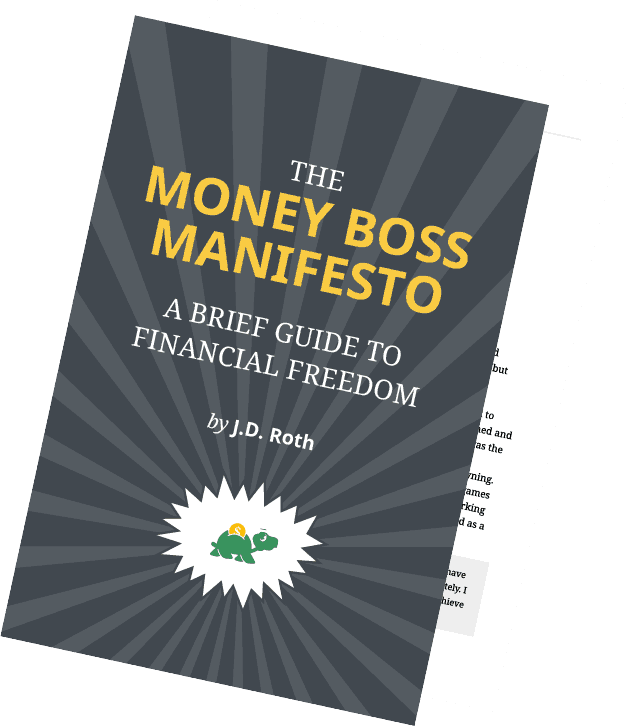How to donate your body to science (for money?)
A basic burial averages close to $6,600 in the United States. Many people worry about the financial burden this places on their families. There is a way around this besides opting to be cremated and carrying enough life insurance: whole-body donation.
It's estimated that at least 20,000 bodies are donated each year. I'm considering it myself. The idea of contributing to medical education and research intrigues me — and I also like the idea that it potentially means a no-cost funeral.
That sounds like the lowest form of cheapskatery, but hear me out. I'd planned on cremation, since my personal desire is not to take up any real estate after death. I'd rather leave this mortal coil to the folks who are still alive to enjoy it. But even a bargain-rate cremation runs about $750, and if surviving family wanted a chance to say goodbye first it would cost more. Maybe a lot more. Continue reading...
20 Ways to spend $20
If you draw a paycheck, you're due an extra $160 in January and February thanks to the Temporary Payroll Tax Cut Continuation Act of 2011.
What're you gonna do with your windfall? Maybe not much. It's pretty easy to miss $20 more in salary, especially if fixed expenses (groceries, insurance, child care, gasoline) keep going up.
Note: This is not a political column. I repeat: This is not a political column. I really don't care what you think about the payroll tax cut. Please keep all your #$@!# dumb-o-crat policies or #$@!# con-man-servative hatefulness comments until a later date. Like, um, never. Get Rich Slowly is a personal finance site, not a flame-throwing political forum. Thank you for not foaming.
Buying Wine Online: Savings Tips for Frugal Sips
More than one million wineries currently operate worldwide. Each produces at least three different wines, and plenty of them stomp out 20 or more.
That's a lot of potential hangovers. But if you sip responsibly you can enjoy the taste, the history, and the geography of the grape without any concurrent headaches.
And if you have champagne tastes but a Boones Farm budget? Buy the fruit of the vine online. A discount comes in handy at this time of year, given the expenses associated with the holidays. In the next couple of weeks you might be:
That’s a Wrap: Some Alternatives to Traditional Gift-Wrapping
Looking for a greener Christmas? Re-think your gift wrap. According to Stanford University:
- If every U.S. family wrapped three gifts in repurposed materials, the gift wrap saved would cover 45,000 football fields.
- If every family reused two feet of holiday ribbon per year, the ribbon saved could tie a bow around Earth.
Feeling like a planet-despoiling bastard yet? Don't beat yourself up too badly. I use some holiday paper myself. But I obtain/use it in very specific ways:
- Buying during post-holiday clearance sales — they're practically giving the stuff away
- Re-using wrap when possible
- Using non-traditional wrap
- Getting paper and gift bags in non-traditional ways
You can frame the “to wrap or not to wrap” question in three ways: frugal or eco-friendly, or both.
<Why I still pick up pennies
The most-read piece I ever wrote for MSN Money's Smart Spending blog was an essay called See a penny? Pick it up! It got more than 1,657,000 hits before MSN changed blog platforms. After that, the penny essay and most of the other things I'd written went to live on a farm, where they can run and play with all the other articles.
And me? Still gleaning dropped coins. I pick up road pennies with copper coatings ravaged by traffic. I fish nickels out of puddles. I've spied dimes glinting across parking lots. I rescue quarters from bus-stop gutters.
Occasionally I find paper money, usually one-dollar bills. This year was unusual because I found a $10 and a $20 bill along with 23 quarters, 52 dimes, 15 nickels and 288 pennies.
Got the Urge to Splurge? Use These Strategies to Fight It (or Not)
This just in: Sales of bleach and fertilizer are down, but U.S. consumers can't seem to get enough of cosmetics and wine.
According to a recent New York Times article, we're also buying more shoes, handbags, premixed cocktails, and meat pies. (Meat pies? Who knew?) Cheesecake sales are up by 22%. Vacuum-cleaner bags are down by 19%.
We'd rather eat, drink and dress up than clean the house? There's news.
Free money from banks! (but watch the fine print)
I earned $200 in less than an hour the other day, without removing any of my clothes. A bank gave me the money (or will, a few months from now) in exchange for opening a business checking account.
Why would a bank or a credit union give away that kind of money? To get people through the doors.
Once you're there, bank officials hope you'll take advantage of their other services, making you a loyal and profitable customer. Not to make that $200 sound like a gateway drug, but once a bank has you chances are you'll be hooked. (Not always, though. More on that later.)
How much do we owe others? (and when should we walk away?)
 Last January I loaned money to a friend who was in financial crisis: Her vehicle was about to be repossessed. The transaction troubled me for a number of reasons, which I detailed at my personal website in a post called “I'm not a payday lender. But I play one on TV.”
Last January I loaned money to a friend who was in financial crisis: Her vehicle was about to be repossessed. The transaction troubled me for a number of reasons, which I detailed at my personal website in a post called “I'm not a payday lender. But I play one on TV.”
During my trip to the East Coast I spent part of a weekend with “Monica” and her family. (Names have been changed to protect the profligate.)
When we made a Wawa* run, Monica didn't want me to pay for my own Tastykake.** She threw it in with her own order, which totaled a little more than $34 and which included a coffee cake, a box of doughnut holes, and a $2-plus bottle of iced tea.
Why I love the megabus: A closer look at a seldom-used (but cheap!) way to travel
I'm in the middle of a month-long trip to the East Coast: a little work, but mostly tourism. Although the conference I attended was in New York City, I flew to Philadelphia because it'll be easier for me to get back there after I've hung out with family and friends.
That meant I needed to get myself from Philly to New York, from there down to Washington, D.C., and then back up to Philly to do my visiting. The total cost of those three trips was — wait for it — three dollars and fifty cents.
That is not a typo. I spent $1 for each of the three tickets and 50 cents to book them.
How to get cheap drugs
Six of the highest-selling prescription medications in the United States will be “off-patent” before the end of 2012. The costs associated with those currently pricey meds will drop faster than the Dow on a bad day.
Here's one example: The generic form of Lipitor might cost as little as $10 per month, compared to the $150 it can cost now. Yowza!
It's a very big deal even if you have health insurance. The average co-pay for a generic formula in the U.S. is $6, as opposed to $24 for non-generics with "preferred status" and $35 for non-preferred brand. That doesn't help much if you use a medication not afforded rock-star status by your insurer — or, worse, if you can't afford insurance.
<Become A Money Boss And Join 15,000 Others
Subscribe to the GRS Insider (FREE) and we’ll give you a copy of the Money Boss Manifesto (also FREE)

